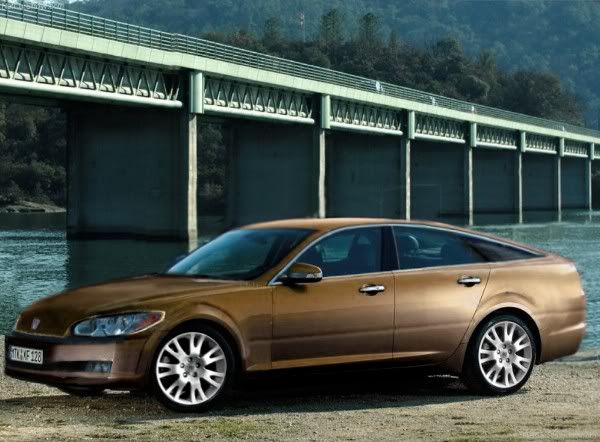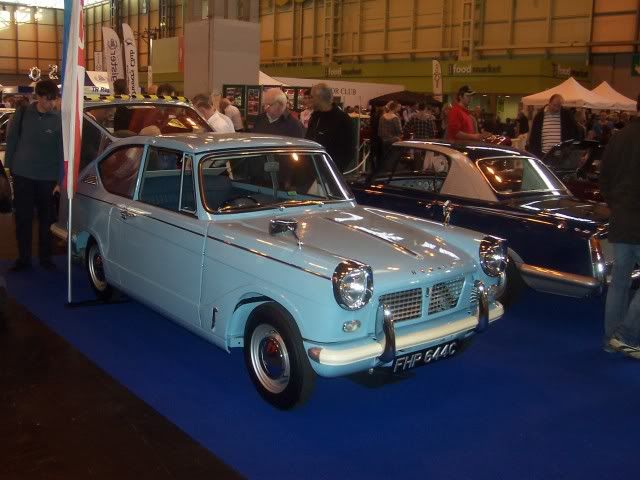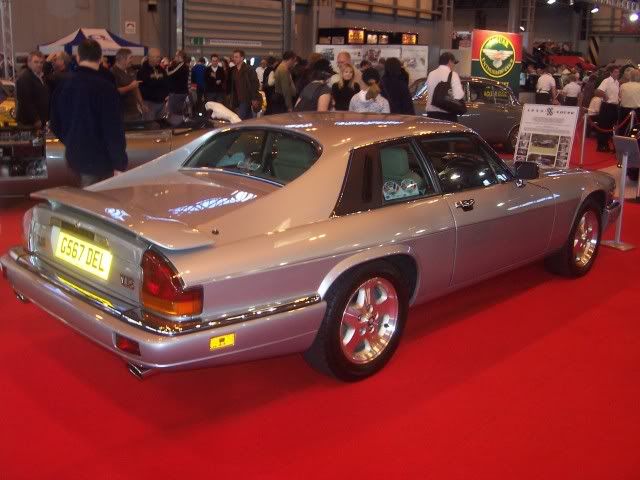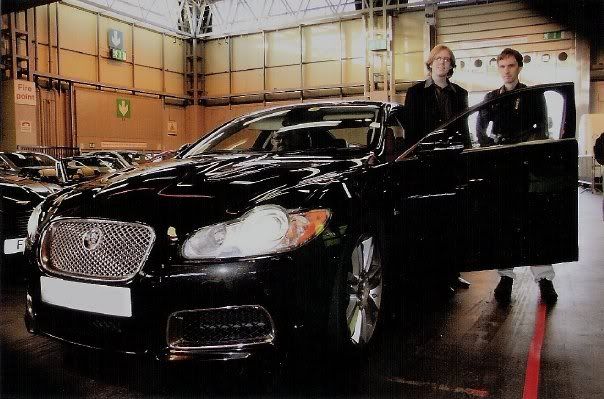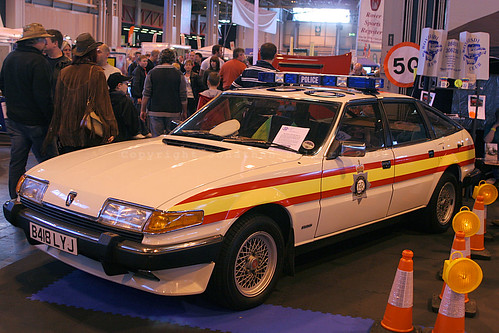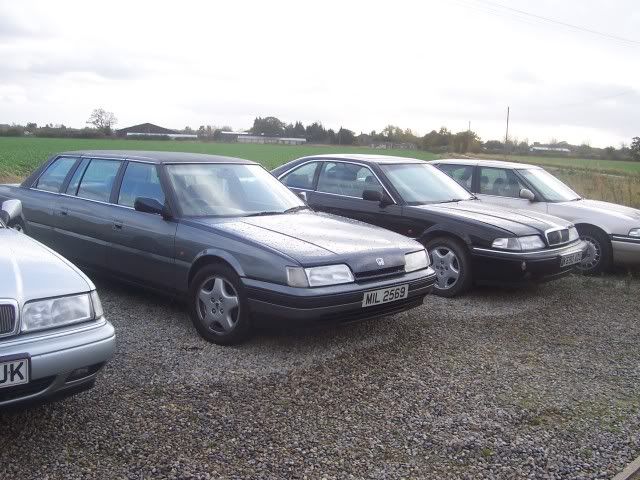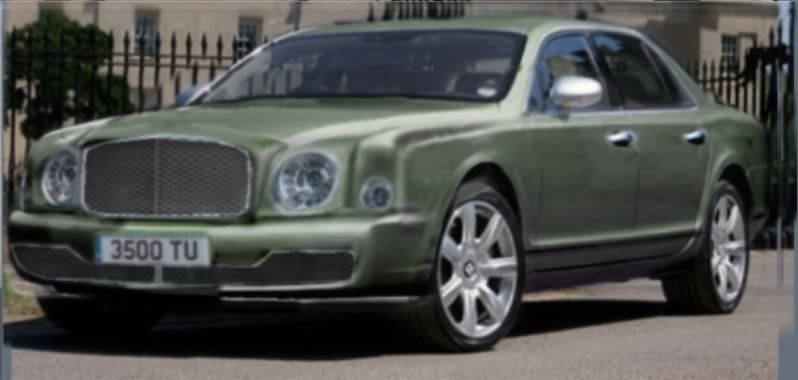 Skelton's Car of The Year 2009, the Jaguar XJ
Skelton's Car of The Year 2009, the Jaguar XJRight, time to be serious for a moment. 2009 is drawing to a close, and I think it's an appropriate time to list the year's good, bad, and ugly from the world of motoring.
I'll start with the things I've liked the look of, and want to explore further. And the biggest story here is the new Jaguar XJ. It's incoherent from some angles in some colours, it's big, and the back end is a tad bland. But it works overall in the right colour, it's modern, chic, and sure to be a hit. The interior is a departure for Jaguar, but it captures the moment, and will make the ownership of a Jaguar into something genuinely aspirational for the young professionals of today. As soon as my local Jaguar agent gets one in, I am going to go for a look at it. And be smitten at first glance, no doubt.
I don't have a local Bentley agent, so I can't do this with the new Mulsanne. I've always been a Bentley man, and whilst there are some questionable options upon the new car, in the right colour and spec it is a thing of overwhelming beauty and, doubtless, has a crushingly smooth driving experience and wonderful ride. I looked in vain at this year's MPH and Classic Car Motor Show for one, and none were in attendance. Another on my wishlist.
A wishlist which also includes the little Royce; the Ghost. I've been looking on Pistonheads, and these cars are being advertised at a premium; almost at Phantom prices. It is more elegant than it's big brother, and much as I love the Phantom for it's interior, the Ghost is more my kind of car. It's tricky deciding whether I prefer this to the Mulsanne, which is a compliment indeed to the Royce. I see a future head to head article for some magazine or another coming up...
...although what I'd pitch against Aston Martin's Rapide is a hard question. You could argue Porsche Panamera, but the proportions aren't as good and it's just not the same. Lambo Reventon? Nah. Maserati Quattroporte? Looking dated. The Aston's a superb car on the face of it, and one I really want to see in the metal. But what benchmarks are there to compare it against, really? It's a car I think will be great, but how can we quantify the greatness of a trend-setter?
Aston's other trend-setter, however, is a mess. The Cygnet is an ugly duckling that just is not necessary. Sure, I can see where they were coming from; a small prestige car is precisely the recipe that makes the work of Vanden Plas so attractive. But a Toyota with Aston badges just doesn't work in the same way that, say, a Jaguar badged Fiesta might have done. Aston's brand ethos is nowhere to be found in the Cygnet, and this makes it the year's biggest disappointment.
The MG6, I have to say, has left me cold too. It just doesn't seem to be as accomplished as it could have been, it looks bland, and lacks a sufficiently wide range. It's also too expensive, and in any case the Roewe is the one I want. Yet despite this, I want it to do well. I desire nothing more than for my opinion to be wrong - although it's Chinese it represents the last vestiges of our motor industry, and for this reason it deserves to succeed.
The tragedy of the year has to be GM's announcement that SAAB are going to be wound down. I've always rather liked what SAAB have done, so to hear that GM have decided to sell bits off to China and pack the rest up is frankly heartbreaking. One hopes a gallant saviour can step in before it's too late.
And the ugly? Well, that epithet can be applied to most cars in production today.


